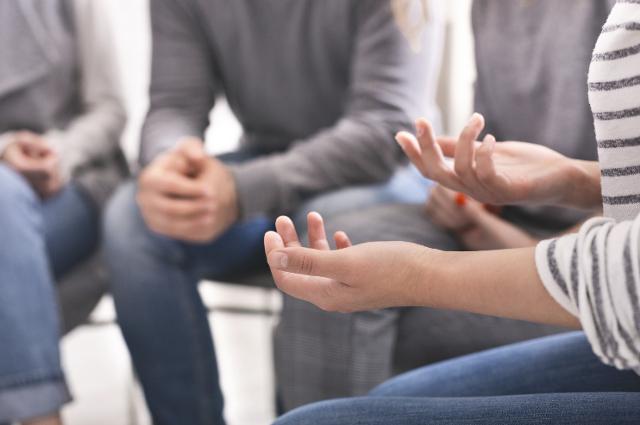-
About
-
Academics
- Physician Assistant
- Special Master’s (MBS)
-
Admissions & Financial Aid
- Tuition & Fees
-
Student Life
-
Research
- Research Labs & Centers
-
Local & Global Engagement
- Global Health Program
Coping with Anxiety in a Time of Pandemic
A psychology professor answers questions about worry and fear—and what we can do to help

It’s hard to get away from the continuous news cycle about COVID-19, the novel coronavirus disease that is spreading across the globe, and what that might mean for ourselves and our communities. The daily updates and the new—sometimes extreme—precautions enacted to protect communities from infection can certainly lead to fear and anxiety.
But what is the difference between general anxious thoughts about the impact of the epidemic and severe clinical anxiety?
Tufts Now talked to Heather Urry, professor of psychology in Tufts’ School of Arts and Sciences, about how anxiety manifests itself and how fearful people can cope. According to Urry, “When fear and anxiety are excessive, or when they get in the way of one’s ability to function on an everyday basis . . . those are cues signaling that one may be experiencing clinical levels of anxiety.”
Tufts Now: It’s natural to be concerned about what’s happening with things like the coronavirus. What’s the distinction between being concerned and suffering from anxiety?
Heather Urry: Being concerned is, indeed, natural. There’s a lot of uncertainty about where the virus will spread and fear and anxiety about the threat it poses to ourselves and our loved ones now and in the future. When fear and anxiety are excessive, or when they get in the way of one’s ability to function on an everyday basis—such as social relationships and staying on top of tasks at school or work—those are cues signaling that one may be experiencing clinical levels of anxiety.
What are some ways that people can cope with their fears around the coronavirus?
We can follow the everyday precautions that experts such as the CDC and the WHO are advising to help protect ourselves and our loved ones and prevent the spread of the disease—that’s something we can control.
Otherwise, recognize that there are things about this situation that we can’t control; no amount of worry will change that. Recognize too that, as often noted in psychology circles, “feelings are not facts.”
We may feel like we or our loved ones are in imminent danger, but those feelings aren’t always perfectly calibrated to reality. Humans are prone to biased thinking—things that come quickly to mind, like the many headlines and social media posts focusing on the virus, may lead us to believe that risks are greater than they actually are.
As such, entertain the possibility that our fear may be stronger than warranted, and try to take some emotion-regulatory steps. At moments when fear is high, take a deep breath or engage in frivolous distraction.
At moments when fear is lower, take a more reflective approach; remind yourself that there are smart people all over the world who are working on solutions. As Mr. Rogers says, “If you look for the helpers, you’ll know that there’s hope.” And maintain connections with close others, remotely if need be—we’re all in this together.
Are some people more prone to anxiety than others?
Absolutely. While everyone experiences fear and anxiety as momentary states depending on the things happening around us, some people are more prone to experience those feelings more strongly and more frequently.
How can we support those who are feeling anxious about the news?
The same things I said about coping apply here; we can encourage others to do the things that experts are recommending to address concerns about contagion. And we can encourage them to enact strategies that might help them regulate their negative emotions, too.
If it appears that someone we know is experiencing clinically significant distress or impairment in everyday function, we can let them know it’s OK to need help, and point them to local mental health resources. The same goes for ourselves, too!